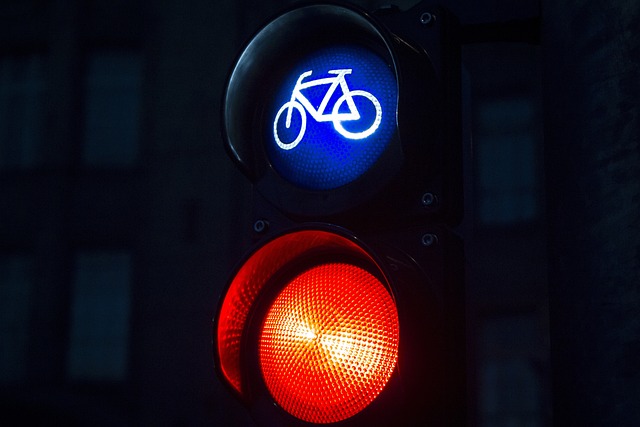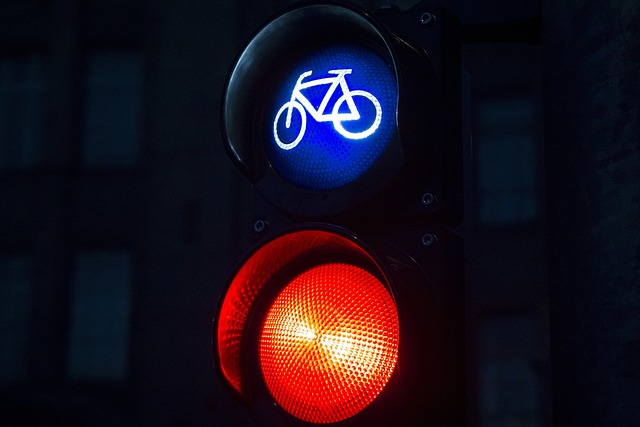
Implementing Traffic Calming Strategies for Green Mobility
Traffic calming measures are crucial for promoting green mobility in urban environments. As cities expand and populations grow, the need for sustainable development becomes increasingly vital. Traffic calming encompasses strategies designed to reduce vehicle speeds and volumes, thus enhancing road safety and improving the quality of life for residents. By creating tranquil and pedestrian-friendly spaces, we can significantly diminish our ecological footprint and pave the way toward a carbon-neutral future.
Imagine walking through a neighborhood where children play safely in the streets, and cyclists ride freely alongside pedestrians. This ideal scenario can be achieved through well-planned traffic calming methods, such as speed bumps, raised crosswalks, and expanded sidewalks. These interventions not only slow down traffic but also encourage the use of green technologies in transportation, such as electric vehicles and bicycles. The focus shifts from motor vehicle dependency to more sustainable forms of mobility.
Integrating traffic calming measures within urban planning does more than just address safety concerns; it fosters a sense of community. Green mobility initiatives work hand-in-hand with traffic calming projects. They enhance accessibility to public transport, making it more appealing for individuals to choose a bus or train over driving. By reducing vehicular traffic, we can decrease air pollution and lower greenhouse gas emissions, contributing significantly to our collective goal of becoming carbon neutral.
Moreover, initiating conversations around traffic calming can lead to greater awareness of our ecological footprint. By educating the community about the benefits of sustainable practices—like reduced reliance on fossil fuels and supporting local businesses—we inspire collective action. Communities can push for innovative solutions, such as shared mobility programs that align with the principles of green mobility.
As cities increasingly embrace sustainability, the deployment of smart technologies will also play an integral role in traffic calming. Sensor-equipped devices can monitor traffic patterns in real time, optimizing traffic flow and identifying areas that would benefit from further calming measures. The integration of this technology can result in a more efficient transportation network that prioritizes pedestrians and cyclists over cars.
Ultimately, implementing traffic calming strategies is essential for a more sustainable and livable urban landscape. By prioritizing people over vehicles, we can create environments that are safe, welcoming, and conducive to a higher quality of life. As we shift towards policies that embrace green mobility, we must remain committed to reducing our ecological impact while fostering vibrant communities. The future of urban living lies in these collective efforts to rethink transportation through the lens of sustainability and community engagement.


